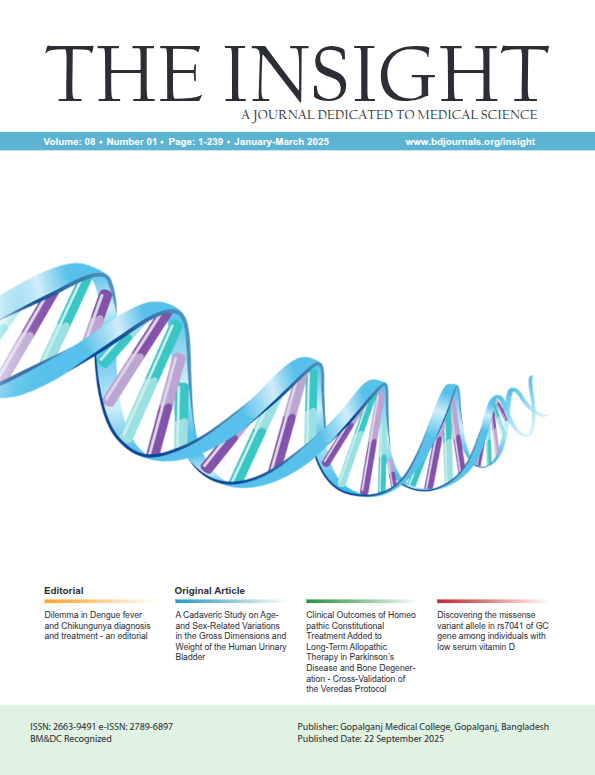Abstract
Background: Measles remains a significant cause of pediatric morbidity and mortality worldwide, especially in low-resource settings with suboptimal vaccination coverage. Outdoor patients often represent severe disease with high risks of complications. Aim of the study: To evaluate the clinical characteristics, demographic profile, immunization status, and outcomes of pediatric outdoor patients with measles, with a focus on identifying factors associated with adverse outcomes. Methods: A descriptive cross-sectional study was conducted involving 55 pediatric outdoor patients with clinically and/or laboratory-confirmed measles. Data on demographic variables, nutritional and immunization status, clinical presentation, complications, and outcomes were collected and analyzed. Result: The majority of patients were under 5 years of age (61.82%), with a slight female predominance (52.73%) and predominantly from rural (67.27%) and lower socioeconomic backgrounds (69.09%). Immunization coverage was high (80.00%), with 61.82% reporting known contact with measles cases. Tachypnea (50.91%) and gastrointestinal symptoms (27.27%) were common clinical features. Malnutrition and anemia were present in 14.54% and 34.55% of patients, respectively. Vaccinated children demonstrated significantly better outcomes, with a lower mortality rate (1.82%) compared to unvaccinated children (3.64%). Conclusion: Low immunization coverage, young age, malnutrition, and rural residency are associated with increased severity and poorer outcomes in pediatric measles. Strengthening vaccination programs and addressing socioeconomic barriers are essential to reduce measles-related morbidity and mortality in vulnerable populations.

This work is licensed under a Creative Commons Attribution 4.0 International License.
Copyright (c) 2025 The Insight





 PDF
PDF